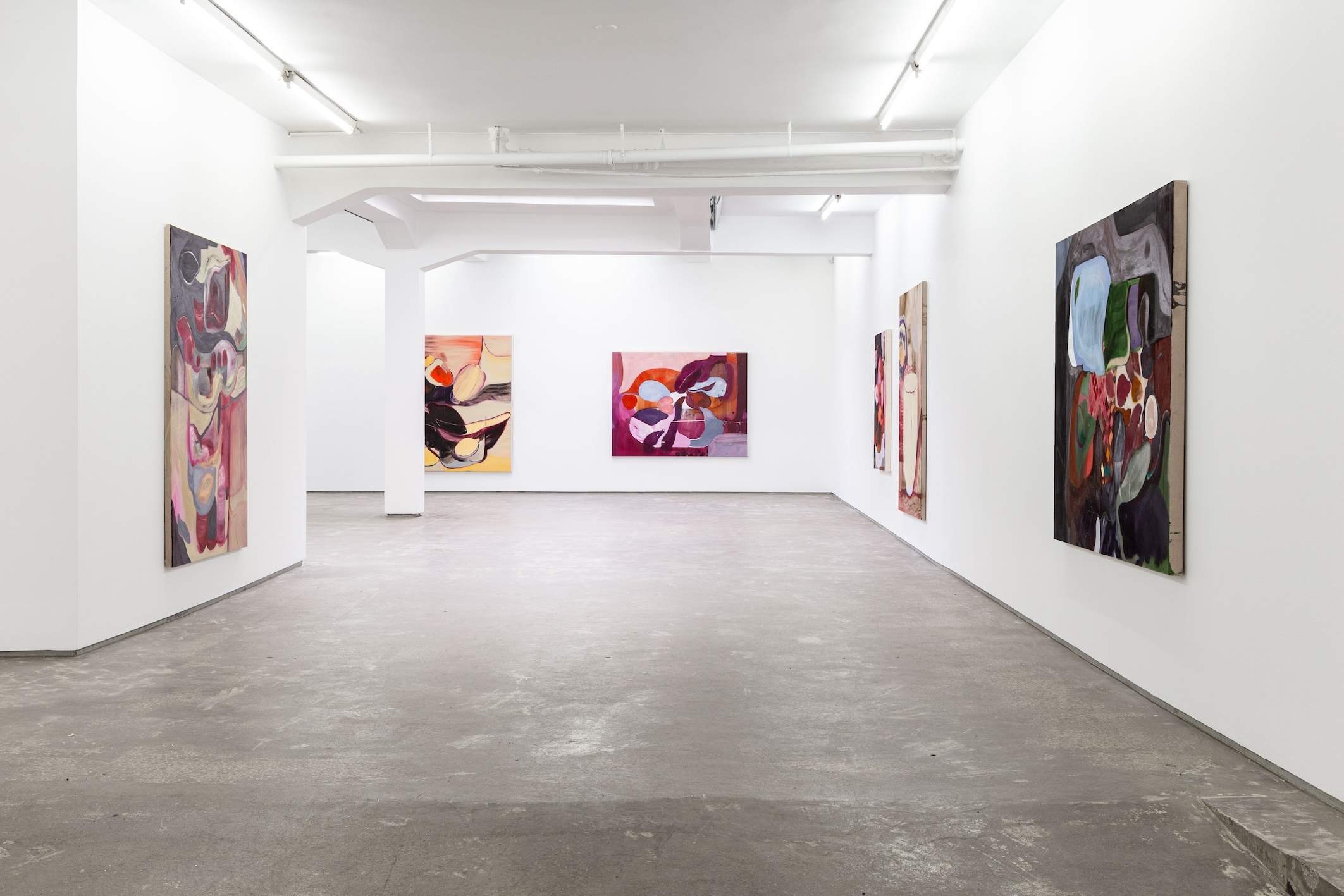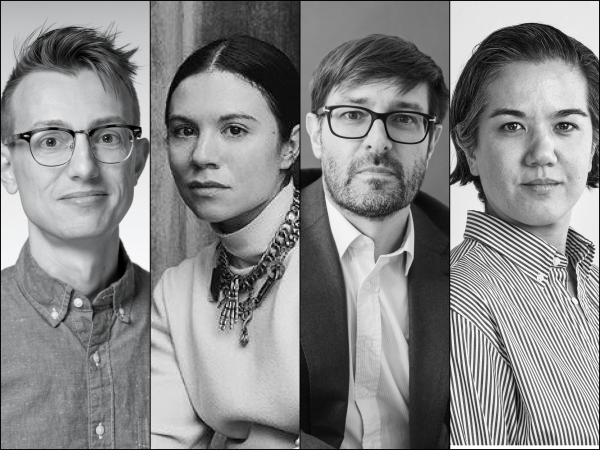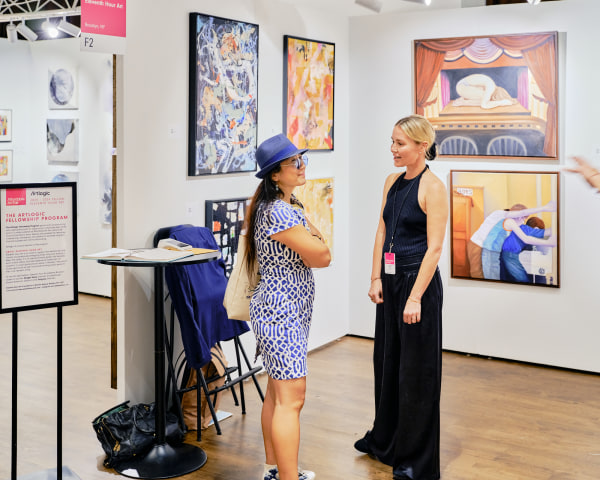Competition for market share is intensifying, creating a unique moment for small and large enterprise-sized galleries.
Moderated by Jeffrey Boloten, Director of Art Business and Enterprise Programmes at Sotheby’s Institute of Art, this tell-all panel discussion brought together dealers who have founded small gallery businesses, asking: what enables small dealers to be agile and entrepreneurial in the face of adversity?
Read on for a four-takeaway snapshot of the discussion, or watch on-demand now.
Navigating early challenges and shifting focus
Starting a gallery is often marked by high ambition and unexpected challenges. Mila Askarova, co-founder of Gazeli Art House, recalls her initial beliefs, sharing: “We thought it was all about the space, and that we needed to sell out shows.” But as the novelty of opening the gallery wore off, the team had to adapt. “By year two or three, the concerns kicked in,” Mila says, noting a shift in approach to include initiatives like residencies and virtual reality exhibitions. Although there were initial financial losses, Mila admits, “It has only just started paying out.” Over the years, the gallery focused on curating specific art movements and collaborating with well-known artists to stabilize financially.
Margot Samel, with experience in both large and small galleries, saw her time in different environments as invaluable. “It was really helpful to have worked in smaller and larger galleries,” she says, using the lessons she learned to shape her own gallery’s approach, despite initially questioning whether New York needed another gallery, she soon realized that her niche focus on Baltic artists was worth pursuing: “For the longest time, I thought the last thing NY needs is another gallery. But artists from the Baltics had very little representation, and that focus became a very important mission for me.
"We purchased an Artlogic website, which helped us get a little bit known as a business and allowed us to participate in the Armory Show."
The power of a niche and clear mission
Rakeb Sile, founder of Addis Fine Art, is dedicated to promoting Ethiopian artists and cites having a clear niche as essential to success: “We’re almost a decade old, and our guiding light has helped us navigate all sorts of ups and downs.” Despite the challenges, particularly at fairs and within their London space, Rakeb notes that their focus has kept them grounded. “It hasn’t been smooth sailing. We’ve had to pivot and be nimble,” she admits, crediting much early success to the strategic decision to invest in a high-quality Artlogic website: “Before we even opened our physical space, we purchased an Artlogic website, which helped us get a little bit known as a business and allowed us to participate in the Armory Show just six weeks after launching. That investment really put us on the map.”
Further, Rakeb emphasizes that when smaller galleries focus on a niche or region, they can offer a unique perspective that larger galleries cannot. “Smaller galleries are the investment engine for the art market. The top-down mechanism of the gallery hierarchy doesn’t allow them to grow,” she says, highlighting the importance of smaller galleries in nurturing emerging talent.
“If you focus on your purpose and are authentic, sooner or later it should provide benefits.”
Collaboration is key to long-term success
In the wake of the COVID-19 pandemic, Rakeb points out that larger galleries have begun to recognize the value of collaborating with smaller galleries. “Smaller galleries know the market, know the local information, and they’re key to the broader ecosystem,” she says, stressing that collaboration is crucial for the success of both emerging and established artists.
Mila echoes this sentiment, emphasizing the trust that builds over time between galleries, artists, and collectors. “The longer you’re around, the more trust there is,” she says. For her, collaboration is vital for long-term success. “If you focus on your purpose and are authentic, sooner or later it should provide benefits.”
Margot, too, has embraced the power of collaboration, noting that community is key. “It’s all about finding your community,” she says, pointing out that even smaller galleries now recognize the value of working together. “I’ve done a lot of collaborations this year, not necessarily with larger galleries but with those whose programs I admire.”
Final Takeaways
The growing emphasis on collaboration—whether through co-representation models or partnerships between smaller and larger galleries—creates a more interconnected and supportive ecosystem for both artists and galleries.
Ultimately, the art world’s future seems to lie in a more cooperative, community-driven approach, where galleries focus on their niche, build trust over time, and work together to support emerging talent. As Rakeb sums up, “Having a niche and a clear mission has really helped us to survive—and collaboration is the key to thriving.”






